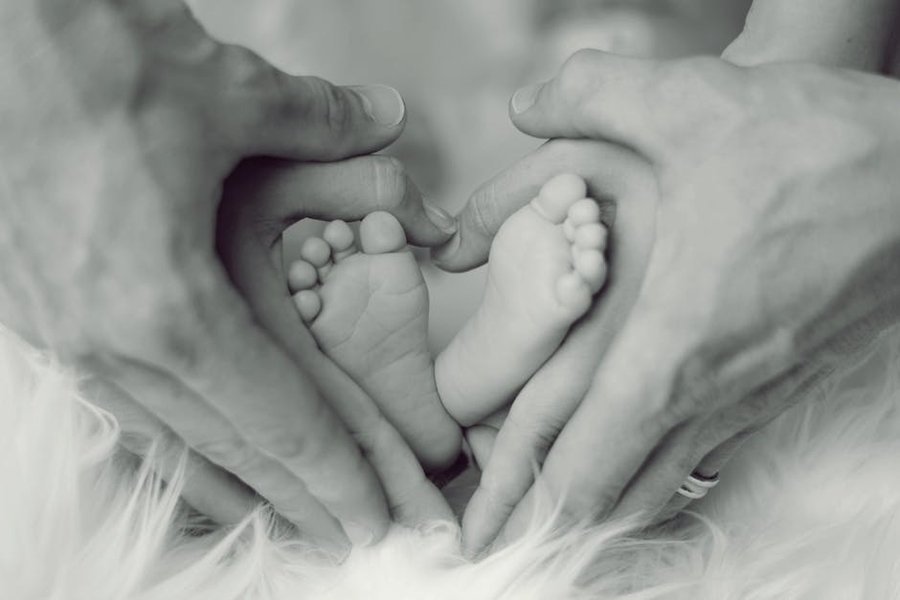
Seizures In Infants: Signs To Watch Out For
26 Jul 2018 | 3 min Read
Babychakra
Author | 1369 Articles
Seizures occur when brain cells have abnormal electrical activity. It causes a temporary disruption in the brain’s normal electrical signals similar to an electrical short circuit. Epilepsy, birth trauma, and chemical imbalances are some of the triggers of seizures.
Signs of seizures in infants are subtler than in adults. In adults, seizures are accompanied by temporary loss of consciousness, noticeable jerking, and shaking of the body. But in infants, seizures are hard to notice.
So you should look out for the following signs in infants for detecting seizures:
Febrile seizures
These are the most common type of seizures which can occur when the baby is suffering from a fever of higher than 102°F. It causes the eyes to roll over and the body to twitch and jerk. Infants may also soil/wet themselves. Febrile seizures affect the kids between the ages of 6 months to 5 years and last less – between three to five minutes.
Myoclonic seizures
The word myoclonic means ‘muscle jerk’. Myoclonic seizures cause muscles present in the baby’s neck, shoulders, or upper arms, to jerk. Watch out for seizures usually that occur in clusters, several times a day.

Tonic and Atonic seizures

To understand the difference between these two types of seizures, we need to understand what is muscle tone. Muscle tone refers to the amount of contraction in muscles when they are at rest. It is what holds the body upright. In an atonic seizure, there is a complete loss of muscle tone. It causes the infant to fall while losing balance all of a sudden. Whereas, in a tonic seizure, the baby might be walking or crawling and may become suddenly stiff and then fall down. Both tonic and atonic seizures occur around 6-9 months of age among infants.
Focal Seizures
Focal seizures happen when more than one area of the brain is affected. Depending on that area, the baby may show a range of symptoms. Children may experience nausea, vomiting, and high fever. You should also look out for signs such as loss of consciousness and constant lip smacking or crying.
What to do when your baby is seizing?
It is indeed frightening to see your child seizing but you have to stay calm and act quickly. Make sure that there are no hard objects near them that can cause an injury. Ensure that they are on their side if they’re throwing up. This will prevent choking. Do not try to snap them out of it. Reach out for medical help immediately if your baby turns blue or is seizing for more than five minutes.
Try to make a note of these points:
• The duration of the seizure.
• What was your baby doing at that time?
• What kind of symptoms were there: twitching, fever, nausea, etc.
Consult your doctor detailing the above points. These will help in the correct diagnosis of the type of seizure and its treatment.
A


Related Topics for you
Suggestions offered by doctors on BabyChakra are of advisory nature i.e., for educational and informational purposes only. Content posted on, created for, or compiled by BabyChakra is not intended or designed to replace your doctor's independent judgment about any symptom, condition, or the appropriateness or risks of a procedure or treatment for a given person.
